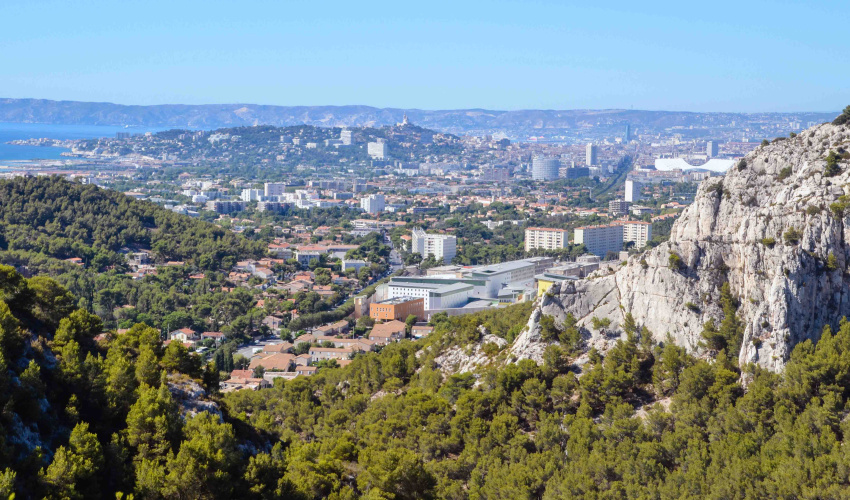Inger Andersen
Inger Andersen assumed office as Director General of the International Union for Conservation of Nature (IUCN) in January 2015 and served through May 2019. Ms Andersen has more than 30 years of experience in international development economics, environmental sustainability and policy-making. Prior to joining IUCN, Ms Andersen held various leadership roles at the World Bank and United Nations. Following IUCN, Inger Andersen joined UN Environment as Executive Director.










